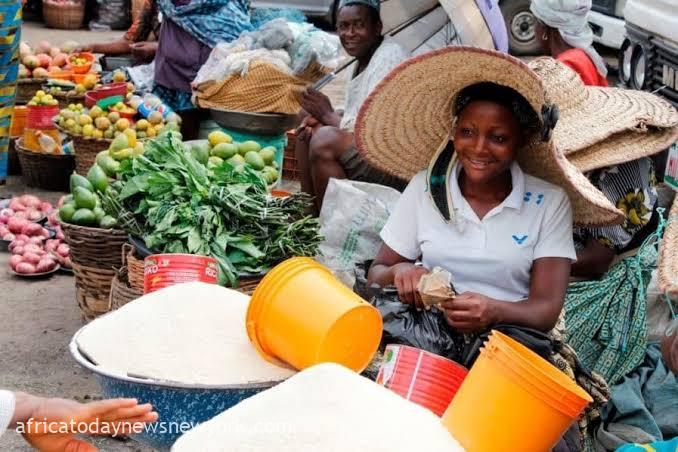The World Bank has declared that Nigeria and other countries in Africa, North America, and Latin America have been most affected by domestic food price inflation.
Africa Today News, New York recently released Food Security Update, the multilateral lender said that while domestic food price inflation remained high, inflation higher than five percent was experienced in 61.9 percent of low-income countries.
It noted that since its last FSU update, the agriculture, cereal, and export price indices closed two percent, six percent, and one percent higher, respectively while maize and wheat prices increased eight percent and 14 percent, respectively.
It further stated that despite a slowing global economy, demand for agricultural products was anticipated to reach record levels in the 2023/24 marketing season.
Read Also: NLC Labels World Bank A Menace To Nigerian Economy
“Domestic food price inflation remains high. Inflation higher than five percent is experienced in 61.9 percent of low-income countries, 76.1 percent of lower-middle-income countries, 50 percent of upper-middle-income countries, and 57.4 percent of high-income countries.
“The most affected countries are in Africa, North America, Latin America, South Asia, Europe, and Central Asia. In real terms, food price inflation exceeded overall inflation in 74 percent of the 167 countries where data is available,” the report partly read.
Following Russia’s invasion of Ukraine, the report said trade-related policies imposed by countries had surged.
The global food crisis, it added, had been partially made worse by the growing number of food trade restrictions put in place by countries with a goal of increasing domestic supply and reducing prices.
Two weeks ago, the latest Consumer Price Index: November 2023’ report released by the National Bureau of Statistics said Nigeria’s food inflation rate increased to 32.84 percent.
The cost of food rose highest in Kogi, Kwara, and Rivers where food inflation in each state surged to 41.29 percent, 40.72 percent, and 40.22 percent respectively.
The food inflation rate in November was 8.72 percentage points higher than what was recorded in November 2022 (24.13 percent).
The report showed that the rise in food prices was caused by increases in the prices of bread and cereals, oil and fat, potatoes, yam and other tubers, fish, fruit, meat, vegetables and coffee, tea and cocoa.

